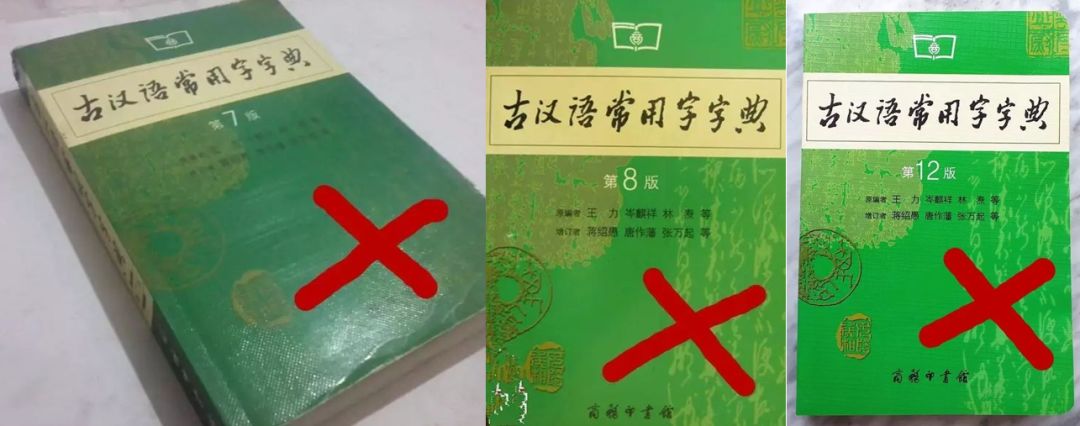Java中其实内置的注解并不多,我们平时多是使用一些框架的注解,比如Spring里的@Controller,@RequsetMapping等等,那注解到底是什么?它是怎么工作的?
注解其实是给框架或者系统看的,它本身并没有什么用,只是告诉框架,这个被注解标记的类,方法或者属性需要框架去做什么.然后框架在读取了这个注解以后,就会对这个注解所标记的类,方法,属性进行一顿操作.
longtimeoutdefault0L;
publicstaticclassNoneextendsThrowable{privatestaticfinallongserialVersionUID = 1L;
privateNone{}}}
比如上面的@Test注解,就是告诉junit这个测试框架,这www.58yuanyou.com是一个测试的方法,点开它的源码,我们发现,他是被@interface来注明的,像类用class来注明一样,它上面还有两个注解一个@Retention和@Target.
@Target是用来表明注解是在哪里放的,是放在方法上,还是放在类上,还是属性上,下面例子中,ElementType.METHOD就是说@Test这个注解是放在方法上的.点进ElementType,这是一个枚举类型,代表了@Target可以取的值,也就是可以放在什么上面,
-
原由网
/** Field declaration (includes enum constants) */FIELD,
/** Method declaration */METHOD,
/** Formal parameter declaration */PARAMETER,
/** Constructor declaration */CONSTRUCTOR,
/** Local variable declaration */LOCAL_VARIABLE,
/** Annotation type declaration */ANNOTATION_TYPE,
/** Package declaration */PACKAGE,
/*** Type parameter declaration** @since1.8*/TYPE_PARAMETER,
/*** Use of a type** @since1.8*/TYPE_USE}
@Retention则用来表示该注解生存期,RetentionPolicy.RUNTIME也很好理解,是在运行时生存的.RetentionPolicy也是一个枚举类型,分别有三个值,源码级别(source),类文件级别(class)或者运行时级别(runtime),具体说明源码里有英文,自己看吧~
/*** Annotations are to be recorded in the class file by the compiler* but need not be retained by the VM at run time. This is the default* behavior.*/CLASS,
/*** Annotations are to be recorded in the class file by the compiler and* retained by the VM at run time, so they may be read reflectively.** @see java.lang.reflect.AnnotatedElement*/RUNTIME}
注解已经简单的说明了一下,那怎么用呢?只有我们自己用过一遍,才会知道框架提供给我们的注解的原理是怎样的.
Talk is cheap ,show me the code~
好了,我们自己简单的写了一个注解,要使用的时候就直接加在我们定义的使用位置就好了,但是还需要我们去解析注解了,因为你虽然把注解的定义好了,但是注解的东西在那里放着,机器并不知道你注解里的东西到底是什么,你必须亲自拿出来,然后给机器,机器才能够读明白你的注解.
怎么把注解拿出来,把内容读给机器呢?这里就需要用到反射
-
//www.58yuanyou.com
结果

现在我们可以知道,一个注解的完整使用过程,先定义好,然后标记在需要标记的位置,最后要解析.
像Spring中的注解也是同样的道原由网理,Spring定义了许多的注解,然后他内部又对这些注解进行了解析,我们只需要放在我们需要放且Spring规定放的位置,那么当我们的程序运行起来的时候,注解就能正常的工作了.






